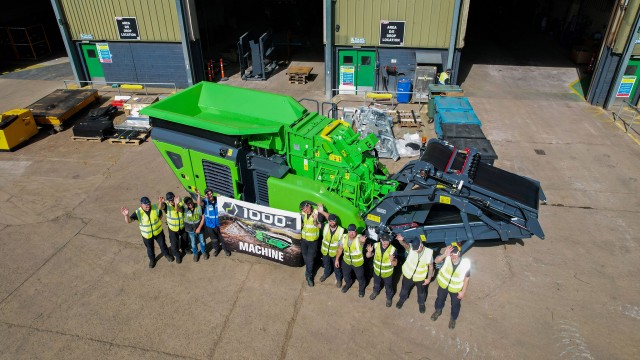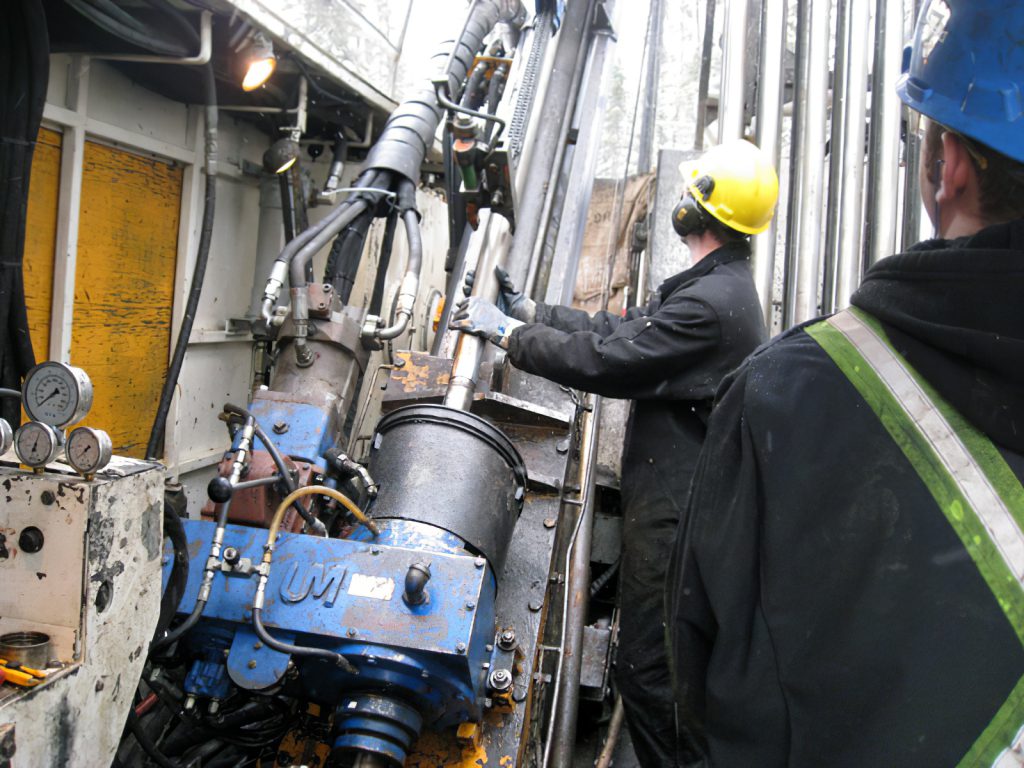Negotiations for schedule adjustments are some of the most demanding negotiations in any construction project. After all, participants have already made their plans, assigned resources, and spent money getting ready to perform their roles at the initially assigned times. Instead of playing hardball in these instances, you might rely on cooperative negotiating to get you closer to your schedule goals and save valuable relationships.
Nobody likes change, yet everybody has learned to expect it in construction. Schedule changes happen all the time. Often, they’re small. Somebody needs to wait an hour to start, or somebody must move to a different activity for a day. In a project where participants have good relationships and good communications, these minor changes amount to business as usual.
Some changes, however, require much more work on the parts of the affected parties. This is where you negotiate the terms of the change. You can choose to dig in your heels and try to pull everybody across the finish line. Alternatively, you can harness the innate desire in everyone to get what they want. It takes skill, determination, and some planning, but anybody can learn to handle schedule change negotiations.
Successful negotiations have the following traits:
- Compromise
- Joint problem-solving
- Creative trade-offs
- Mutually beneficial results
Whose Fault is It?
This is often the first question that comes up with schedule changes. No matter who or what caused the schedule change, all parties involved have to factor in how the change will affect their costs. A project manager or superintendent needs to be sensitive to that issue, but they cannot allow it to become an issue in itself. There is no advantage to haggling about fault when the change needs to happen.
Other changes, like those made by the owner, will have contractual allowances and limitations governing cost reimbursements. When schedule changes come from change orders, the involved parties can usually cover costs using the change order process. So, try not to get bogged down in the blame game and be clear about the options people have for recovering costs.
Getting Personal About Personalities
Each of you arrives at a negotiation with your own experiences, expectations, tendencies, and beliefs regarding the topic at hand. Then, your personalities come into play.
Some people negotiate with cunning and manipulation, while others stay open and look for mutually beneficial outcomes. You will face negotiators whose only goal is to win, regardless of the effect it has on the bigger picture. Others will try to get the best deal by muddying up the negotiations with unrelated demands.
In “The Handbook of Dispute Resolution,” the authors’ advice about personalities in the negotiation process is to “be aware of your own tendencies, have a broad repertoire of approaches and strategies, and be able to engage difficulties constructively as they come up.”
Research shows people rarely assess others’ personalities reliably when negotiating and resolving disputes. By moving past personalities, you won’t start out expecting a poor outcome and closing the door on a workable solution. Focus on the other’s current behavior and concerns instead of trying to pigeonhole their personality type. Be willing to alter your approach.
For example, you might move the negotiations from verbal to written. Or you might ask for suggestions before laying out a plan. Above all, don’t underestimate the likelihood of people changing their perspectives. Besides ongoing changes in the work at hand, aging, life experiences, and learning are all aspects that affect one’s tendencies during negotiations.
Explore Creative Solutions
Schedule negotiations usually involve getting someone to change an expected behavior. Whether you need the drywall sub to start earlier than expected, or you need the plumber to finish up quicker, somebody has to adjust a previously discussed schedule.
What do you have to bargain with? Maybe the sub needs more time for another activity or could use one of your idle pieces of equipment. What if you could supply some labor to help move materials, work out future schedule adjustments, or offer other accommodations to ease the pain of the change?
Listen to each party’s case and, when possible, try to meet those needs directly. If that fails, then try to meet the needs more creatively. Maybe the drywall sub starting earlier means they’ll later have a gap in their work schedule with nothing for their people to do. Can they start earlier in the next phase? Or maybe they can use the time proactively and eliminate known defects from previous work to reduce their final punch list.
Try Options for Mutual Gain
When you hit the first brick wall with a person claiming “it” simply can’t be done, try asking why. But do so with a sincere desire to understand the issues the other person faces in trying to accommodate the change. Once you know the true effect the change has on the sub, you can start exploring possibilities that will accommodate their needs along with the schedule’s.
If the steel erector has to hurry this week, can you make the next phase shop drawings available two weeks earlier than planned? Maybe the plumber finishing up one day early means they can get a two-day break to inventory their supplies. Or they can collect their pay quicker. Once the person making the change sees it is beneficial for them, your interests and theirs get served.
When negotiating schedule changes, collaboration is always best, but be cautious because it rings hollow if it’s not sincere. Giving others the chance to offer solutions helps you reach agreements that work for everybody, delivering what both the schedule and the project need.
Scheduling integration software for construction. Know who’s doing what, when.
Note: This article have been indexed to our site. We do not claim legitimacy, ownership or copyright of any of the content above. To see the article at original source Click Here












